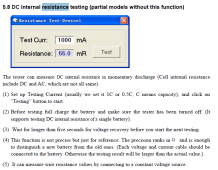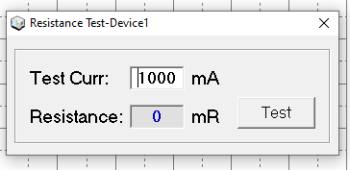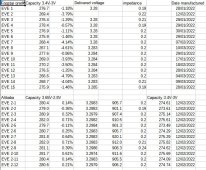Zwy
Emperor Of Solar
Maybe he should have used cell compression. He doesn't use compression, it might have a huge effect on aging and reduced capacity.No idea, but Andy set his to stop at 5A
If he really wants a valid test he should have had a pack with compression to compare.
If the manufacturer specifies compression and a user doesn't use compression, then the user should probably expect accelerated decline in capacity.
Last edited:







